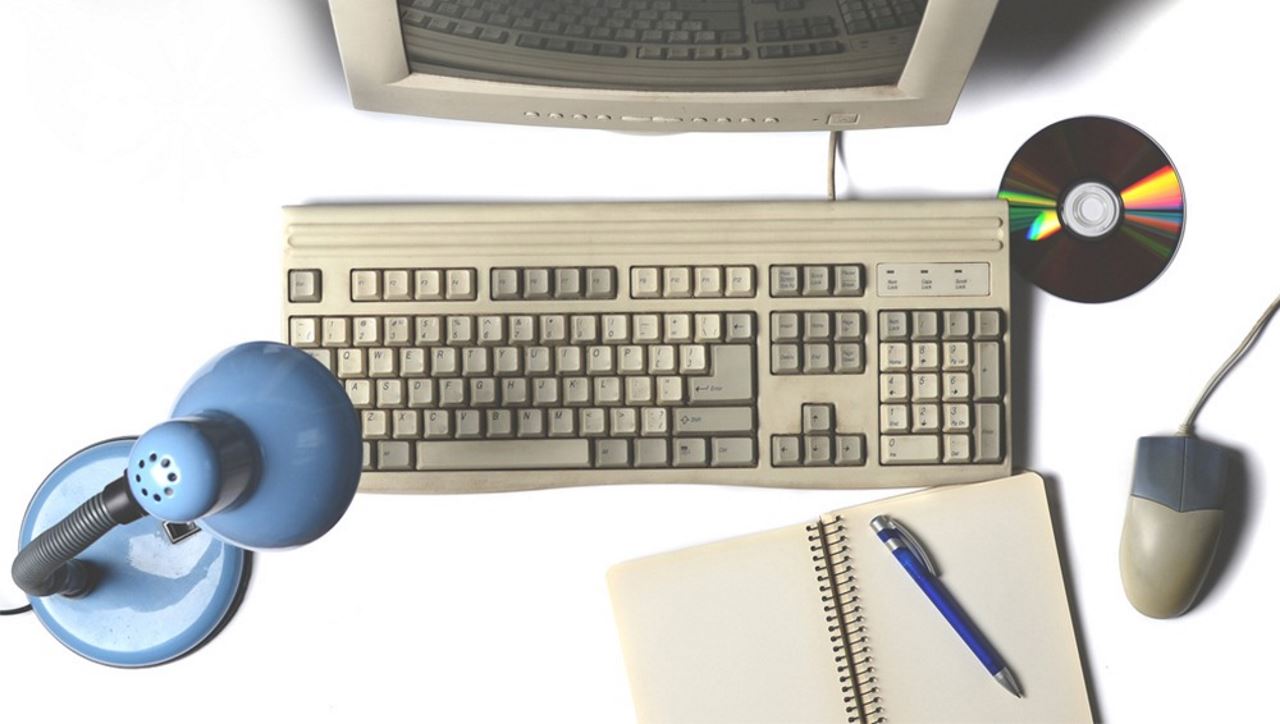We’ve heard it all before. And we’re here to explain why the method of holding on to old technology in order to save time and money is a bad idea.
There’s no getting around the fact that buying anything new is going to involve some initial costs. With every spending decision, there are competitors to evaluate, features to analyze, and future growth strategies to keep in mind. Even the decision-making process takes up valuable time. But at the end of the day, the ROI for updating new technology and software far exceeds any possible savings (if there is any) that could be realized by keeping the old tech around.

Hidden Cost #1 - Printing invoices in-house
We’ve heard prospective customers tell us that their current system for getting invoices works just fine. It just doesn’t add up for us:
- They set the printer to print invoices overnight because printing during the day is noisy and prevents anyone else from using the printer. Of course if the printer jams, it could take a few days to print them all.
- Next they sort the invoices, and separate the single page invoices from the multi-pages ones.
- Then they head over to the folding machine, which folds the invoices and stuffs them in envelopes. Although that machine has a tendency to break, and it can be a day or two until the technician comes out to make the repair.
- Finally, they put postage on the invoices, one at a time. After about 3 to 7 days of work and drop them off at the post office where they encounter another few days of transit before delivery.
The amount spent on paper, toner, envelopes, machinery and repairs is pretty high, and the cost of postage keeps going up. Let’s add to that the hourly cost of your resources manually handling these tasks each week. And finally, let’s factor in the extra week it takes to send out invoices, which slows down your cash flow. Wouldn’t it be easier to remove the manual steps and use an automated AR solution that not only automates your paper invoice delivery but also transitions your customers to electronic invoicing? The cost of sending an electronic invoice is a fraction of what you’re spending today.
Hidden Cost #2 - Accepting paper checks
Since you've been accepting checks for years, it's probably a pretty smooth process, right? Except that it’s not. You may be paying really expensive lockbox fees for your bank to key in those checks. The errors in that data adds up to wasted time and money. And how many of those checks are separated from their remittance data? Do you have any way of identifying which invoices are being paid, and whether or not there's a short pay in there?
Most of what your AR team does all day is investigate the exceptions, and when you're using old technology, like paper invoices and paper checks, everything becomes an exception. Automation can use artificial intelligence (AI) and robotic-process automation to intelligently read checks and interpret data in order to match the payments with their invoices accurately. At companies where AR automation is used, there are high match rates, minimal work involved, and fewer human touches which means fewer errors. Best of all, your team is free to handle more important tasks, like making collection calls.
Hidden Cost #3 - Outdated customer service tools
Getting paid quickly actually comes down to building a strong relationship with your customers. At the end of the day, collections involves convincing your customers to pay you first, ahead of other suppliers. Today’s B2B customers are always looking for great customer service. If you don’t offer features such as 24/7 account access and online bill pay, your customers are going to find suppliers who will offer them the features they need.
Automation has been proven to make customers happier. Self-service portals are much easier than calling your AR department and waiting on hold for an available representative. Why not free up your team and bring in technology that reduces their workload, frees up resources, and makes both your customers and employees more satisfied at the same time?
Hidden Cost #4 - Not accepting credit cards
Credit cards come with interchange fees. It’s true that other payment methods don’t charge fees, such as paper checks and ACH, but the cost of not accepting credit cards is far greater than you think.
Credit cards are convenient and safe, and that’s why your customers want to use them. Refusing to accept credit cards means your customers are going to begin finding new suppliers who do. But when you compare the cost of manually processing paper checks to the cost of credit card processing fees, you’re not going to come out ahead.
Another thing to remember is that there are ways to lower your credit card processing fees. Using a merchant services provider who can include Level 3 data can shave around 50 basis points from each transaction while also including the remit information needed to apply the payment immediately. Offering early pay discounts, along with the means to electronic pay within 10 days, will help speed up cash flow and reduce DSO which can bring additional cost savings.
You know that you need your cash flowing in quickly. You need to optimize efficiency and reduce costs. You are being pressed to do more with less every day. And to do that, you need to ditch the old technology and embrace automation.

